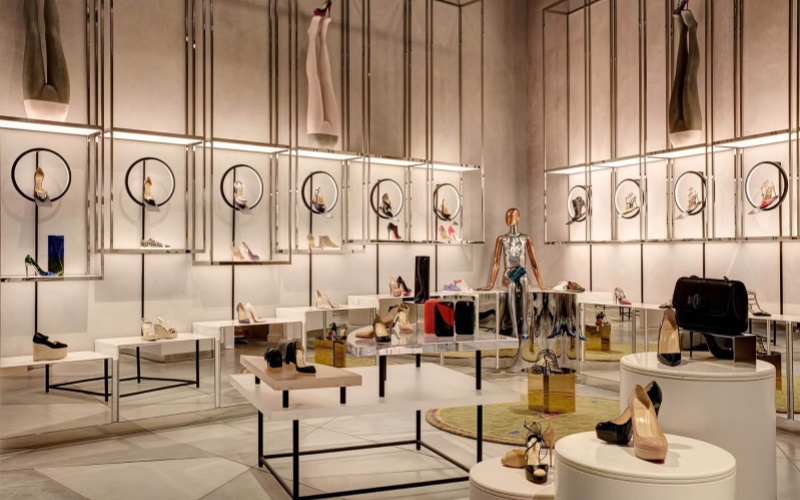At its core, shoppertainment leverages various forms of entertainment to captivate shoppers. This can range from live streaming events and interactive displays to in-store performances and gamified experiences. By offering a multisensory experience, retailers can create memorable moments that resonate with consumers. This emotional connection is crucial as it fosters brand loyalty and encourages repeat …





